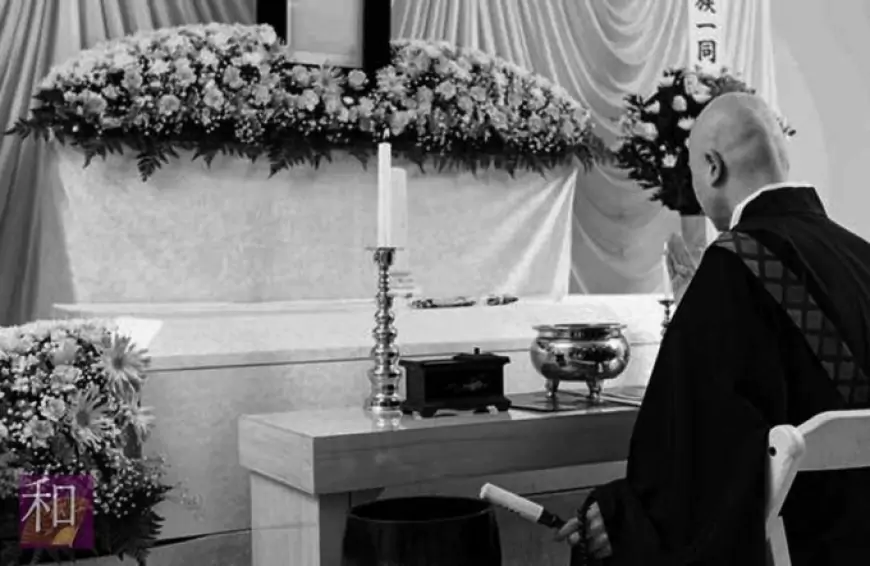Silent Farewell: Japanese Funeral Traditions
In Japanese culture, there are four significant life events known as "冠婚葬祭" (Kan-kon-sou-sai), which include the coming-of-age ceremony, weddings, funerals, and ancestral rituals.

Among these, funerals are the most somber and reflective. Despite the pain, it's a ritual no one can avoid. While you can miss someone's wedding and still meet them later, once someone has passed, a funeral is the last opportunity to say goodbye.
For those living in Japan and having close relationships with the locals, visiting the deceased's family during a funeral is not just a matter of courtesy; it's also a way to show respect and empathy toward the departed.
In a nation that values hierarchy and rituals, a funeral is perhaps the most stringent ceremony of all.
The Process of a Japanese Funeral
A Japanese funeral can be divided into three main stages:
The Waiting: When someone is near death, their family members are informed, and they hurry to their side. In these moments, time is of the essence. You may be called to say your final goodbyes. It's essential to say those parting words to the person who is leaving you.
The Otsuya (Wake): After someone passes away, they are placed in a coffin, usually sealed shut. If you wish to speak to them for the last time, you must seek permission from the family.
The Kokubetsu Shiki (Funeral): This is the final gathering to bid farewell to the deceased. Many people come to offer their condolences. If you've attended the wake the previous night, you don't need to bring condolence money (香典 - Kouden).
Proper Attire for a Japanese Funeral
When attending a Japanese funeral, it's customary to wear black attire. A black suit or kimono is appropriate. Be mindful that there are specific mourning kimonos called "Mofuku" for those closely related to the deceased. However, for most attendees, formal black attire will suffice.
For men, black shoes, a black tie, and a white shirt are appropriate. Women should wear long black stockings or socks.
Wearing elaborate jewelry or watches is considered disrespectful during a funeral. Remember, this is a solemn occasion, not a social event.
The Goshoukou (Incense Offering)
During the wake and funeral, there is a continuous practice of incense offering, known as "Goshoukou." Attendees take a small incense called "Goushoukou" from a container with two compartments. Light it with the flame from the central candle, gently waving the flame out. After that, place it in the compartment on the left that holds smoldering ashes. This act is repeated three times to offer respect to the departed.
For Christian attendees, the Goshoukou is slightly different, with attendees forming lines to offer incense and prayers at a specified location.
Funerals are a solemn time to remember and honor the departed, and respecting these traditions is vital to show sympathy and support to the family. It is an opportunity to express condolences, offer solace, and provide a comforting presence during a challenging time.
In cases where attending a funeral is not possible, a heartfelt phone call or written condolences can still convey your sincere sympathy to the grieving family. In these moments, kind words and gestures go a long way to provide comfort and support during this difficult time.
-------------------
Injavi.com - Visit Japan | Visit in Japan
Guide to living, studying and working in Japan
























































































